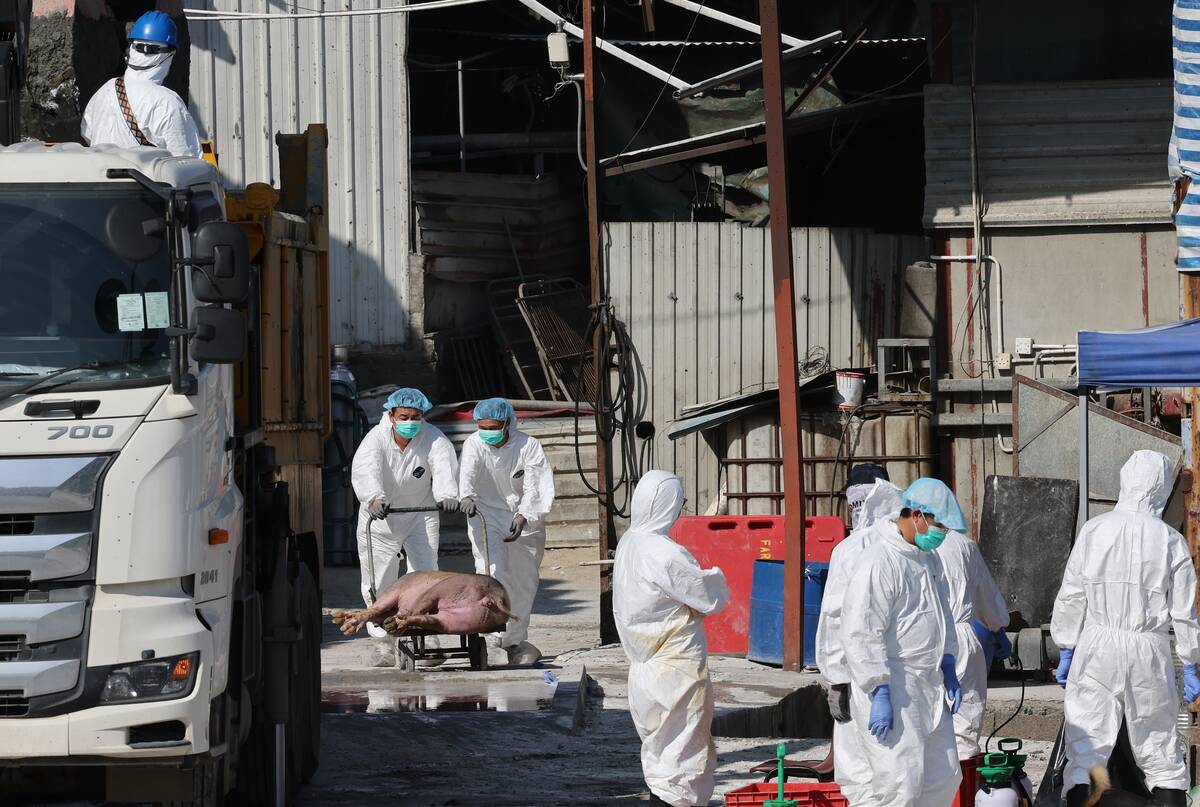PRINCE GEORGE, B.C. – The contention over free movement of live cattle between Canada and the United States continues to simmer.
“If this were not a BSE year, as of April 15 what was in place for the winter season would have carried on through,” said Brian Evans, chief veterinary officer for the Canadian Food Inspection Agency.
The only live trade permitted at this time for U.S. cattle are those going straight for slaughter.
The Americans have long argued their cattle from states with equal health status to Canada should be exported without costly tests for anaplasmosis, bluetongue, tuberculosis and brucellosis. The Canadian Cattlemen’s Association has lobbied hard for a relaxation in the rules, partly as a show of good faith to encourage the Americans to reopen borders after two cases of BSE.
Read Also

Mixed results on new African swine fever vaccine
The new African swine fever vaccine still has issues, but also gave researchers insight into how virus strain impacts protection against the deadly pig disease.
However, animal health officials are more cautious.
“We need to find out what will happen in the Canadian context, particularly as it relates to anaplasmosis, because we do have vectors in this country that we know can transmit the disease,” Evans told the British Columbia Cattlemen’s Association.
Last spring, a pilot project was set up to allow U.S. feeder calves into approved feedlots in Western Canada. The cattle would continue to be monitored for the insect-borne diseases bluetongue and anaplasmosis. Under past agreements feeder cattle were allowed into Canadian feedlots during the winter when the insects carrying the diseases were gone.
Bluetongue has been found on rare occasions in the Okanagan Valley where sentinel herds are maintained and tested. On infrequent occasions some have shown positive antibodies in their blood, meaning they were exposed but did not necessarily have bluetongue.















